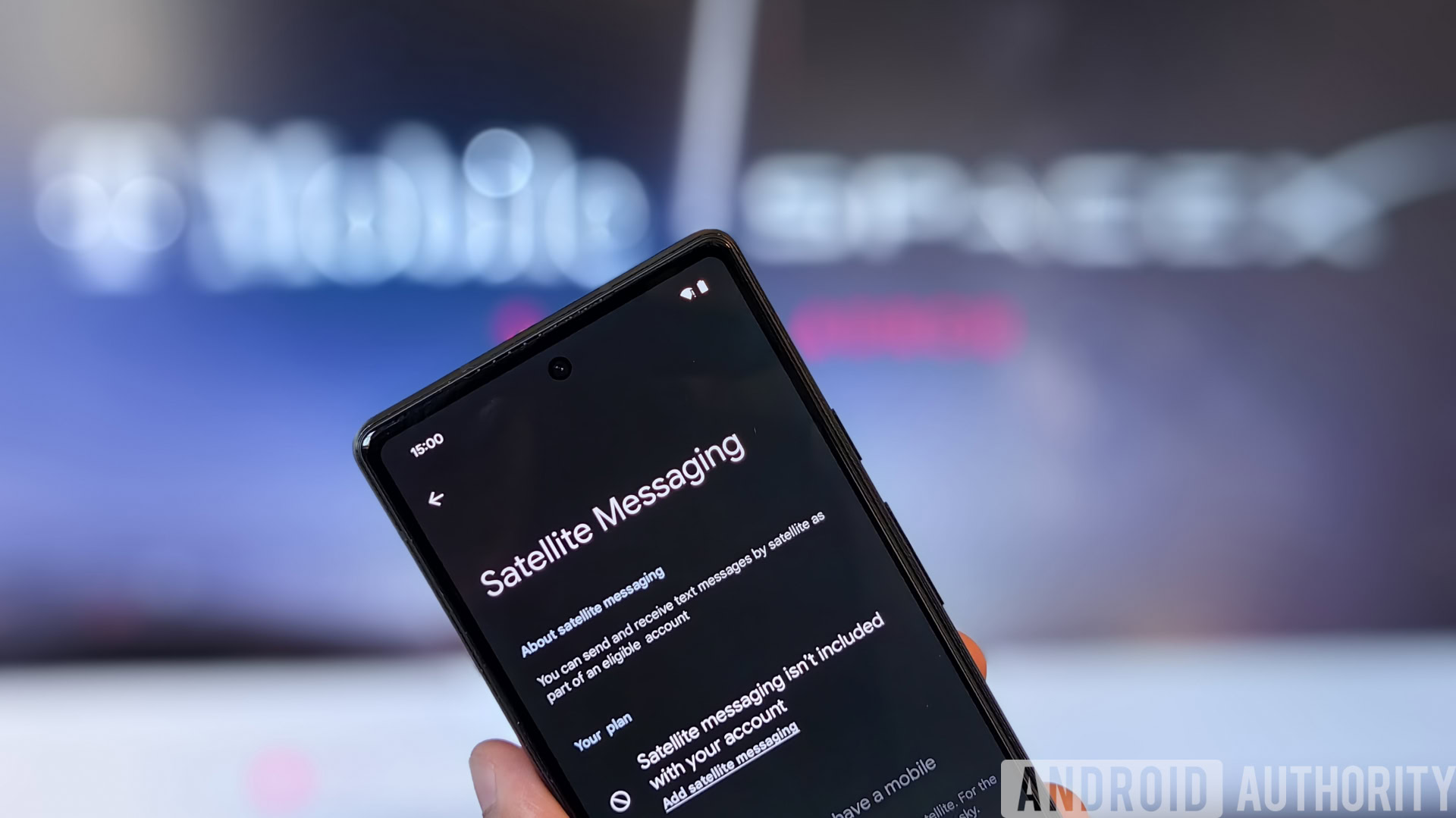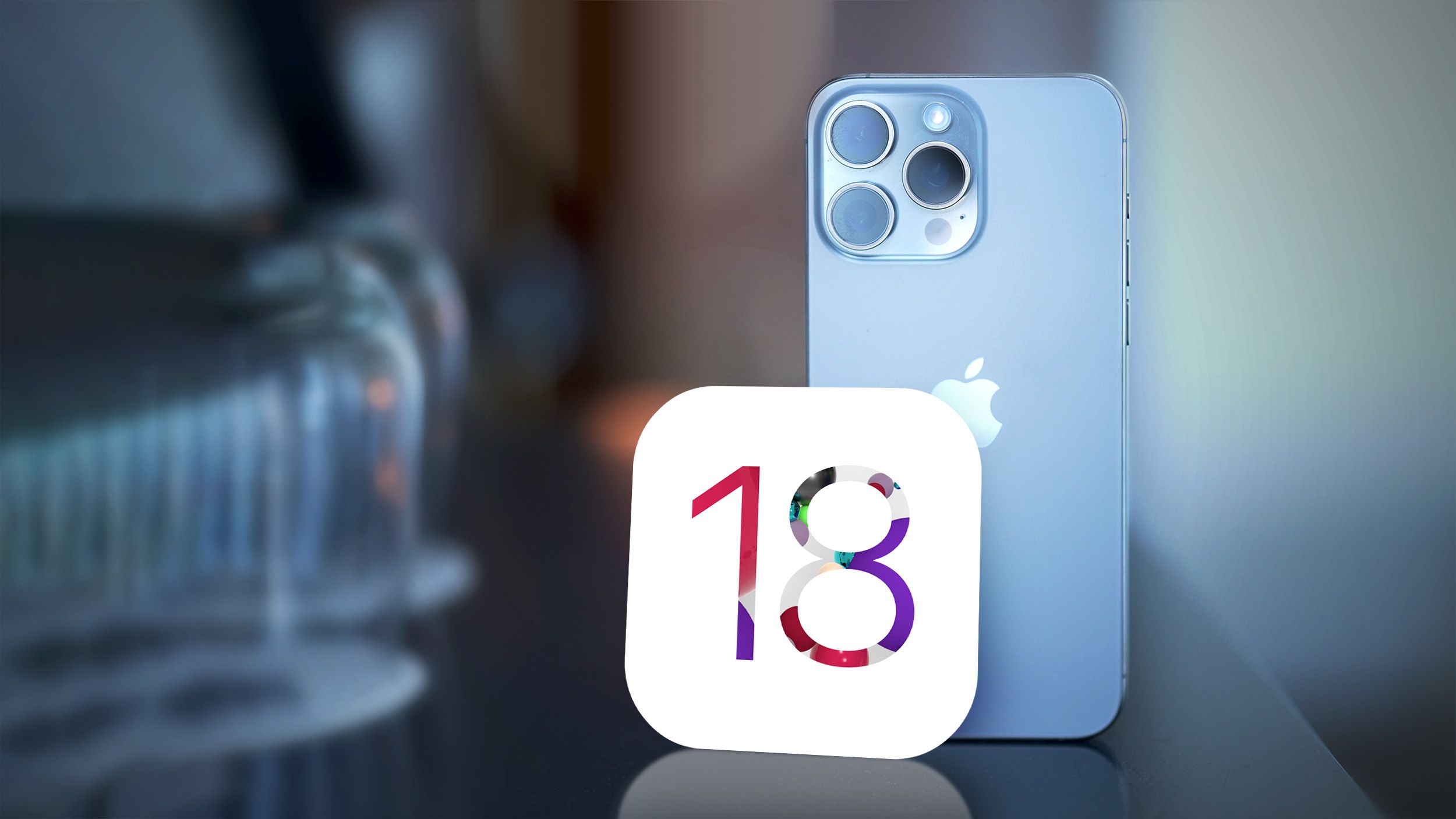
In a significant move for mobile communication, T-Mobile users who have updated to the latest Android 15 beta release have stumbled upon a breakthrough feature — satellite messaging. This discovery follows the spotting of a hidden satellite messaging page in an earlier Android beta release, laying the groundwork for speculation about the potential of satellite messaging on Android devices. The recent beta release not only confirms these speculations but also marks the actual rollout of satellite messaging to users, heralding a new era of connectivity capabilities for Android 15 devices.
Partnering with Starlink, T-Mobile aims to usher in satellite messaging capabilities for its users without requiring new hardware revisions on their existing devices. This collaboration signifies a significant step forward in leveraging the “Direct to Cell” technology that Starlink satellites possess, showcasing a combined effort to offer widespread satellite messaging services. This initiative is a part of a bigger plan, aiming to extend messaging services through satellites, starting with text messages, and is expected to roll out within weeks or months to T-Mobile subscribers.
The integration of satellite messaging into Android 15 devices addresses the technical and logistical barriers traditionally associated with satellite connectivity. Unlike prior implementations that necessitated specialized hardware, this new development relies on existing LTE-capable handsets, thereby removing a significant obstacle to widespread adoption. The absence of an industry standard for connecting smartphones to satellites has previously hampered the uptake of satellite features, with the need for proprietary solutions from hardware vendors further complicating matters. However, the direct-to-cell service proposed by T-Mobile and SpaceX’s initiative requires no such specialized equipment, significantly lowering the barrier to satellite connectivity for the average user.
In preparation for this groundbreaking launch, a new “Satellite Messaging” page has been added to the settings of Android 15, detailing how users can send and receive text messages via satellite on eligible accounts. This feature is not limited to emergencies, allowing messages to be sent to any contact as long as there is a clear line of sight to the sky, although environmental factors like weather and certain obstructions may influence the satellite connection’s reliability.
Despite these advancements, T-Mobile and SpaceX have yet to officially launch their satellite messaging service. Consequently, users who have discovered this feature included in their plans may not be able to utilize satellite messaging immediately. They are likely awaiting an update to Google’s Messages app that will introduce support for this new form of connectivity. Additionally, the rollout of a satellite pointing UI, expected to debut with the forthcoming Google Pixel 9 series, will further streamline the user experience by guiding users to align their devices with the nearest satellite for optimal connection.
For those not on T-Mobile, the advent of satellite messaging on Android 15 heralds potential expansion to other carriers as well. Following a similar trajectory, AT&T has announced its collaboration with AST SpaceMobile to develop a competing satellite-based cellular network. This move suggests a growing interest among carriers to explore satellite connectivity as a means to enhance communication capabilities beyond traditional cell tower networks.
The unveiling of satellite messaging on Android devices, particularly through partnerships like the one between T-Mobile and SpaceX, stands as a testament to the ongoing evolution of mobile technology. As this feature progresses towards official launch, it promises to reshape the landscape of mobile communications by ensuring connectivity in even the most remote locations, further blurring the lines between terrestrial and extraterrestrial networks.
Source: Satellite messaging could be coming to T-Mobile users on Android 15


/cdn.vox-cdn.com/uploads/chorus_asset/file/25451674/googleaccessibility.jpg)



